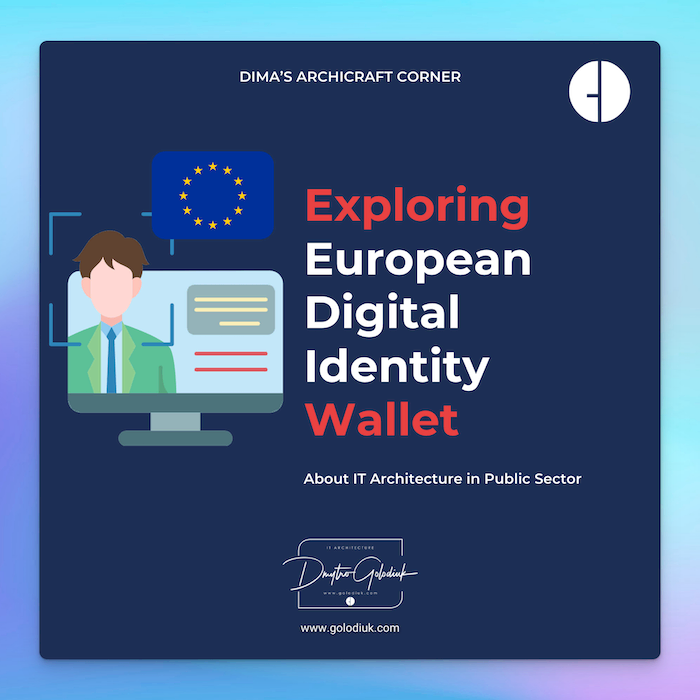Hey there! So, I recently got my hands on the 2023 Report on the state of the Digital Decade, and it’s packed with exciting stuff. This report gives us a comprehensive overview of the progress towards achieving digital transformation within the Digital Europe Programme, and European Digital Identity particularly.
Preface
The Digital Europe Programme (DIGITAL) is this new EU funding program, and it’s all about bringing digital tech to businesses, citizens, and public administrations. They’re supporting projects in five key areas: supercomputing, artificial intelligence, cybersecurity, advanced digital skills.
On the 19th of December 2022, a game-changer dropped – Decision (EU) 2022/2481. It’s like the blueprint for the Digital Decade Policy Programme 2030. This is where things get interesting.
The Digital Decade is the roadmap for all things digital in the EU. It’s got Digital Decade Policy Programme that allows the EU and Member States to join forces and hit those Digital Decade targets. Plus, it’s got a system to track progress until 2030. The Commission is on it, they promise an annual progress report!
Now, you might be wondering where this report fits in. Well, my friend, this is the first report for this program. So, if you’re into staying updated on all things digital, make sure to subscribe to the European Commission newsletter (links below this post). I’ll be dishing out the juiciest updates from my own perspective in this news blog and on my social media channels in WhatsApp and Telegram.
🟢 Subscribe! All the social media buttons are below this text.
Speaking of exciting updates, here’s something you might find interesting. Mykhailo Fedorov, Deputy Prime Minister of Ukraine for Innovation, Education, Science, and Technology, shared some surprising news on July 12 this year. He shared that Diia (the Ukrainian digital ecosystem) is part of the team developing the European Digital Wallet.
Now, let’s delve into the key aspect – the European Digital Identity Wallet. It’s part of the Digitalization of public services, just as I mentioned earlier in the Digital Decade EU Framework. So, what’s the deal with this wallet?
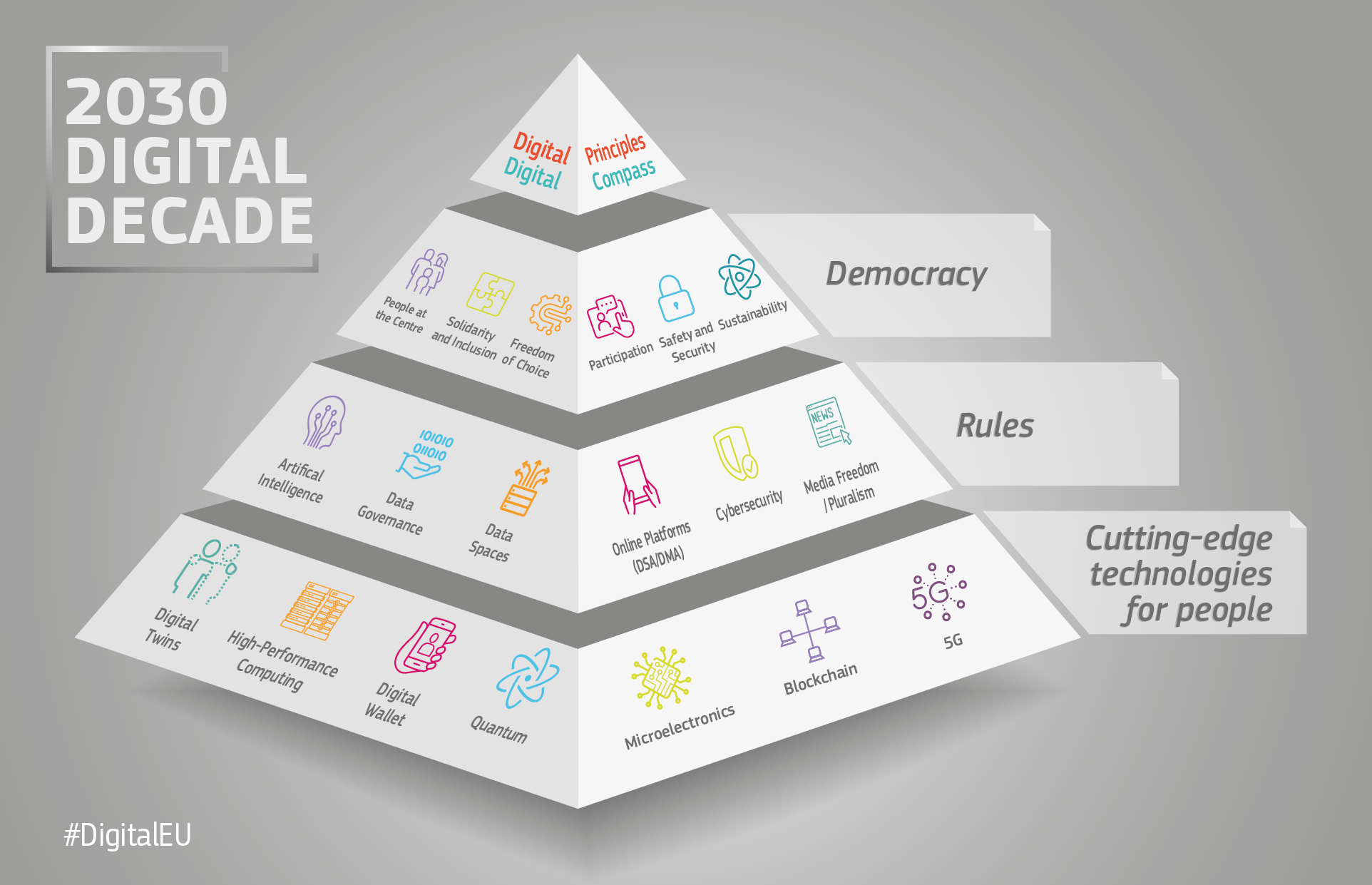
Source: ec.europa.eu
Background
Imagine a Digital Identity for every European. It’s like your personal digital wallet, available for EU citizens, residents, and businesses to prove who they are and share certain personal info. Online, offline, all over the EU. It’s quite remarkable, don’t you think?
And guess what? Every EU citizen and resident in the Union will have their very own personal digital wallet. No more fussing with paper documents! Say goodbye to forgotten passports at the airport, endless back-and-forth at banks when applying for a loan, and those dreaded delays at the doctor’s office waiting for your medical records to arrive.

Ursula von der Leyen, President of the European Commission
“Every time an App or website asks us to create a new digital identity or to easily log on via a big platform, we have no idea what happens to our data in reality. That is why the Commission will propose a secure European e-identity. One that we trust and that any citizen can use anywhere in Europe to do anything from paying your taxes to renting a bicycle. A technology where we can control ourselves what data is used and how.”
– Ursula von der Leyen, President of the European Commission, in her State of the Union address, 16 September 2020,
Now, creating a National Digital Identity system is no walk in the park. It comes with costs, technical challenges, and potential adoption issues. But I am sure, the end result is totally worth it. As a tech enthusiast and user of the Ukrainian Diia Service, which is like a “State in a Smartphone,” I can tell you, it’s a game-changer. You can store your driver’s license, passports, and more on your phone. As well as to share the documents’ copies when obtaining banking or postal services, checking into a hotel, and in other life situations. Additionally, through “Diia” (the application and portal), you can access state services for child birth, register a business and individual entrepreneur online, pay taxes and submit declarations, sign any documents, change your place of registration, and more.
Benefits of the European Digital Identity
Everyone gets a digital identity that works anywhere in the EU.
You’re in control of what you share with services.
It’s all in a digital wallet, right on your phone, for identifying, sharing info, and confirming rights in a Member State.
Practical Use Cases
Now, this digital wallet isn’t just for show. You can use it for a bunch of things – from filing tax returns hassle-free, applying for a university, whether you’re doing it from home or in another Member State of the EU, storing a medical prescription, proving your age without digging out your ID, renting a car using a digital driving license, and making hotel check-ins a breeze.
Timeline / Roadmap
Let’s take a closer look at the roadmap.

Timeline: Digital Identity in Europe
It all started back in June 2021 when the European initiative took its first steps. Back then, the European Commission intends to implement its cross-border European Digital Identity Wallet vision fully. The European Commission made a significant move by adopting a Recommendation. This called upon Member States to collaboratively develop a ‘Toolbox,’ a comprehensive package comprising a technical Architecture and Reference Framework (ARF), a set of common standards and technical specifications, and a collection of common guidelines and best practices. All these elements would serve as the groundwork for implementing the European Digital Identity Framework proposal.
But here’s where things get really interesting: On February 10, 2023, the Commission unveiled the first-ever ’technical Toolbox’ for the prototypes of European Digital Identity Wallets. This technical backbone, developed by Member States in close cooperation with the Commission, forms the very foundation for engineering a prototype Wallet that can be tested across various use cases. It’s important to note that the requirements and specifications within this Toolbox will become mandatory once the legislative process on the European Digital Identity framework has been finalized.
Come April 2023, the stage was set for the commencement of pilot projects. The Commission is investing €46 million from the Digital Europe Programme in four large-scale pilot programs.
With all this work in progress, the current plan is to make the first nationwide wallets available to citizens by 2025.
EU Digital Identity Wallet Pilot Implementation
| Wallet Prototype
The European Commission will provide a prototype of an EU Digital Identity Wallet (EUDI) set out in the proposed European Digital Identity Regulation. An initial version of the reference implementation will be made available on GitHub with the first complete version of the common EU Toolbox to implement the EU Digital Identity Wallet in September 2023.
When writing this post, only the initial version of Architecture and Reference Framework (v1.0.0) was published on 26 January 2023. The minor update (v1.1.0) was introduced on 20 April 2023 and included the addition of service blueprints for use cases on Identification & authentication to access online services and Mobile driving license.
| Large Scale Pilots
Before rolling it out to Member States, the EU Digital Identity Wallet is being put through its paces in four substantial pilot projects that kicked off on April 1, 2023. These pilots aim to put the EU Digital Identity Wallet to the test in a variety of real-life scenarios. They’re covering everything from Mobile Driving Licences to eHealth, payments, and education and professional qualifications. The ‘Pilots’ phase is all about preparing, developing, and rigorously testing these pilot programs, ensuring they seamlessly integrate into the European Digital Identity Wallet.
The 4 pilot projects involve more than 250 private companies and public authorities from over 25 Member States, Norway, Iceland, and Ukraine! These pilots will run for a minimum of 2 years.
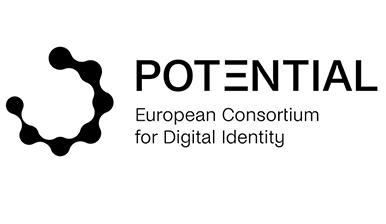
POTENTIAL – Pilots for European Digital Identity Wallet Consortium
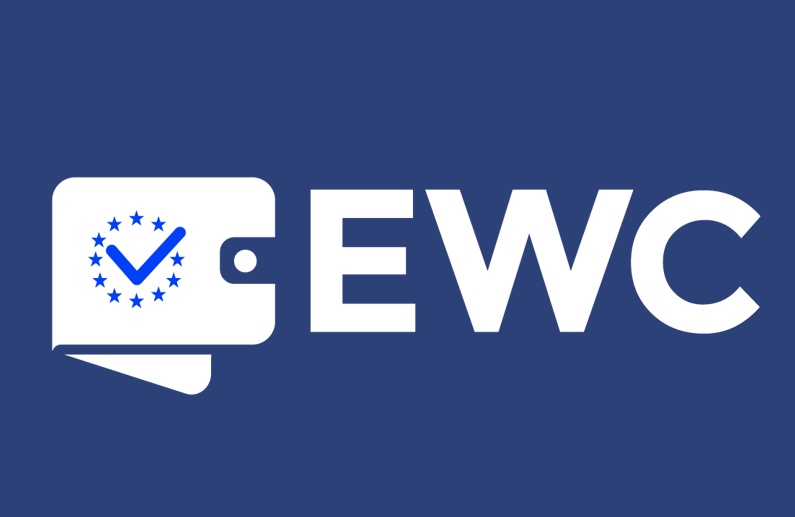
EWC – EU Digital Identity Wallet Consortium
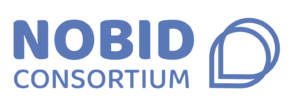
NOBID – Nordic-Baltic eID Wallet Consortium
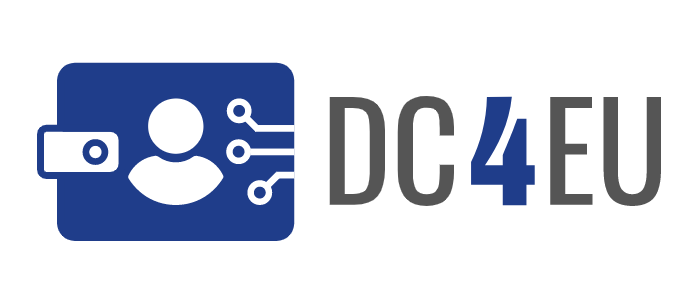
DC4EU – Digital Credentials for Europe Consortium
These consortiums are tackling 11 priority use cases, all with the aim of improving citizens’ access to highly trusted and secure electronic identity solutions. These pilot projects cover the full spectrum, from the issuance of the wallet to the end-users and the integration of personal identity information, additional documents, and how this information is presented to service providers.
So what are these 11 use cases, you ask? They’re diving into:
- Access to Electronic Government services
- Opening a Bank Account
- Registration for Mobile SIM
- Mobile driving license
- Remote Qualified Electronic Signature
- ePrescription
- Digital Travel Credentials
- Organizational Digital Identities
- Payments (Account-to-Account, Card-Based, Possibly Token-based)
- Educational credentials and professional qualifications
- Portable Document A1 (PDA1) & European Health Insurance Card (EHIC)
Gallery: EU Digital Wallet: Pilot Cases (click to zomm in)
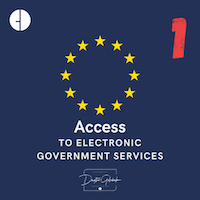
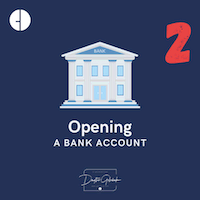
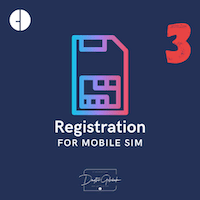
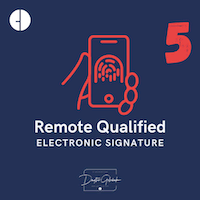
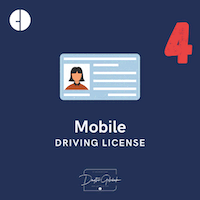
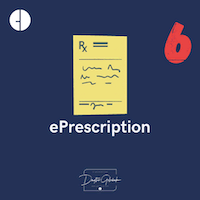
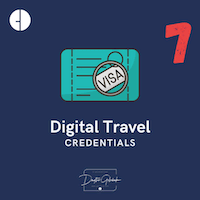
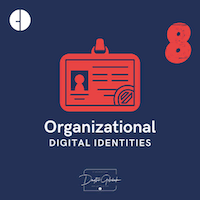
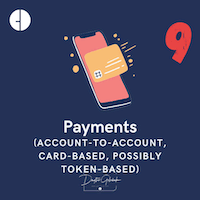

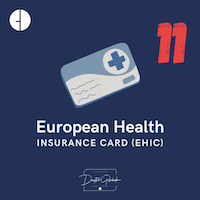
The 4 pilot projects are implemented by the respective consortium bringing together public and private actors from different Member States. You can see the areas and use cases they explore in the table below.
| Country | POTENTIAL | NOBID | DC4EU | EWC |
|---|---|---|---|---|
 Belgium Belgium | 1,4,5 | |||
 Bulgaria Bulgaria | ||||
 Czech Republic Czech Republic | 3,6 | 9 | 8 | |
 Germany Germany | 1,2,3,4,5 | 10 | 7,8,9 | |
 Denmark Denmark | 9 | 10, 11 | ||
 Estonia Estonia | 4 | |||
 Ireland Ireland | 11 | |||
 Greece Greece | 1,2,3,4,5,6 | 10 | 7,8 | |
 Spain Spain | 4,6 | 10 | 7 | |
 France France | 1,2,3,4,5,6 | 8,9 | ||
 Croatia Croatia | ||||
 Italy Italy | 1,4,6 | 9 | 8 | |
 Cyprus Cyprus | 1,4,5,6 | |||
 Latvia Latvia | 9 | |||
 Lithuania Lithuania | 4 | 10 | ||
 Luxembourg Luxembourg | 1,2,3,4,5 | 10 | 7 | |
 Hungary Hungary | 6 | 7 | ||
 Malta Malta | 10 | |||
 Netherlands Netherlands | 1,3,4 | 9 | 11 | 8 |
 Austria Austria | 1,2,3,4,5,6 | 11 | ||
 Poland Poland | 1,3,4,6 | 7 | ||
 Portugal Portugal | 1,2,4,5,6 | 10,11 | ||
 Romania Romania | 10 | 9 | ||
 Slovenia Slovenia | 1,2,5 | 10 | ||
 Slovakia Slovakia | 1,4,5 | |||
 Finland Finland | 1,4 | 7,8 | ||
 Sweden Sweden | 10 | 8,9 | ||
| 9 | 10 | 8 | ||
| 9 | ||||
| 7 | ||||
| 1,2,3,4,5,6 | 9 |
About DIIA
This post isn’t about the Ukrainian Diia program, which is an initiative that truly deserves its own dedicated post. Don’t worry, though – I promise to dive deep into its history, the services it offers, and how it’s transforming the user experience for Ukrainian citizens in their interactions with the government. Stay tuned for that!
For some background, Diia first stepped onto the scene on September 27, 2019, thanks to the Ministry of Digital Transformation of Ukraine. It was introduced as part of the “State in a Smartphone” project, a bold move by Vice Prime Minister and Minister of Digital Transformation Mykhailo Fedorov. The vision? To create a mobile app and web portal that would bring together all the services provided by the state to citizens and businesses, all in one convenient place.

Ukraine’s Vice Prime Minister and Minister of Digital Transformation Mykhailo Fedorov presents Diia, Ukraine’s groundbreaking e-governance app
🎉 Fast forward to February 6, 2020, and the official launch of the Diia mobile app. It’s been a game-changer ever since, making life easier for Ukrainians in countless ways.
And guess what? This year, Diia is stepping into the European Digital Wallet development game. Right now, the POTENTIAL consortium (PilOTs for European Digital Identity Wallet) is at work, creating a European service that makes opening bank accounts online and storing documents on your smartphone a breeze. The Ministry of Digital Transformation team, Mykhailo Fedorov, showcased the Diia’s capabilities to their European counterparts in Paris, demonstrating how you can open a bank account in minutes, create an electronic signature, and harness the power of digital documents.
Exciting times are ahead. Stay tuned for more updates as this EU digital journey unfolds! 🚀🌍🇪🇺
Conclusion
The 2030 Digital Decade policy program is like Europe’s roadmap to digital transformation. The EU Digital Identity Wallet is there to support the journey. By 2030, key public services should be online, everyone should access their health records, and we should all have secure privacy-enhancing eIDs.
This wallet builds on the cross-border legal framework called eIDAS Regulation (European Electronic Identification and Trust Services Initiative) that’s been adopted since 2014. It’s like the backbone for cross-border electronic identification and authentication in the EU.
To keep tabs on the digital journey, the Commission is using the Digital Economy and Society Index (DESI) for their annual check-up on Europe’s digital performance.
So, that’s the overview of the Digital Decade and the European Digital Identity Wallet.
Before we wrap things up, I’d like to invite you to stay in the loop with all the latest updates. Feel free to connect with me on social media and join my new channel ‘ArchiCrаft Corner’, available on both WhatsApp and Telegram. Let’s keep this conversation going and explore the digital world together! 🚀📲"
Lear More
Thank you!


